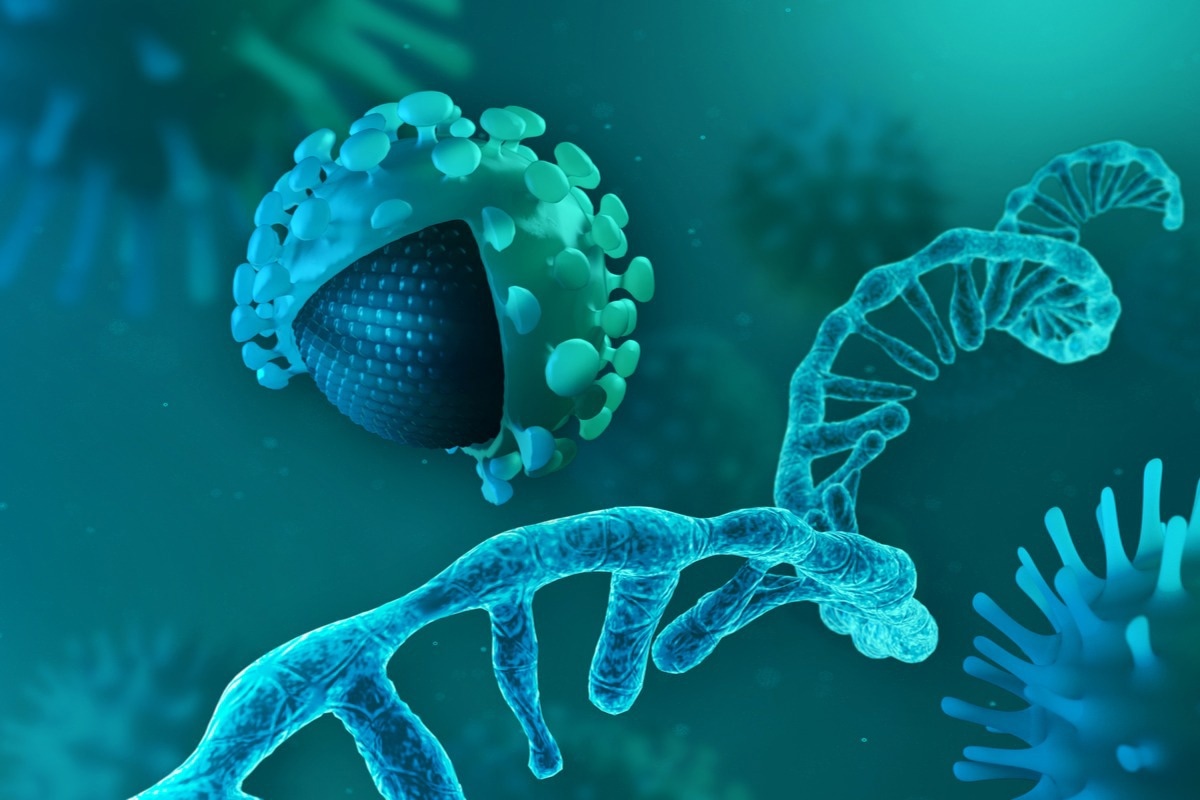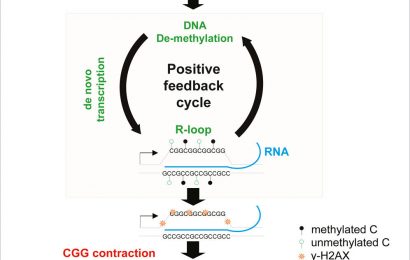In a recent study published in Pathology – Research and Practice, researchers evaluated the presence of RNA of severe acute respiratory syndrome coronavirus 2 (SARS-CoV-2) in the lung tissue of deceased patients.

SARS-CoV-2 infection results mainly in the mild or asymptomatic course of coronavirus disease 2019 (COVID-19), albeit some individuals develop severe illness, requiring hospitalization and, in critical cases, intensive care and mechanical ventilation. Older adults and individuals with comorbid conditions are at an elevated risk for acute respiratory distress syndrome (ARDS).
It has been proposed that pulmonary capillary microthrombosis is the major driving factor for severe COVID-19. Several autopsies reported endothelialitis; it is, however, unclear whether this is caused by infection of endothelial cells with SARS-CoV-2 or some other mechanism, such as cytokine storm during COVID-19.
About the study
In the current study, researchers examined the presence of SARS-CoV-2 RNA in deceased COVID-19 patients using RNA in situ hybridization (RNA-ISH). Forty COVID-19 patients were identified based on the interval between COVID-19 testing and death. Twelve patients were infected with SARS-CoV-2 variants of concern (VOCs), such as Alpha (5), Beta (5), and Omicron (2) variants, and the remaining were infected with ancestral SARS-CoV-2.
Autopsies were performed according to a standardized protocol. Tissue specimens were fixed using 4% neutral-buffered formalin immediately after dissection. 3-μm sections were obtained from formalin-fixed paraffin-embedded samples (FFPE) and stained for histological evaluation per standard protocols. RNA-ISH was performed on 5-μm lung tissue sections using RNAscope. A SARS-CoV-2-specific probe was used for the single detection of the spike (S) gene.
The duplex kit was used for dual RNA-ISH, which combined SARS-CoV-2-specific probe and keratin 18 (KRT18) for epithelial cells, melanoma cell adhesion molecule (MCAM) for endothelial cells, or cluster of differentiation 68 (CD68) for macrophages.
Findings
The mean time from symptom onset to death was 10 days, and the median age at the time of death was 79 years. On average, patients were hospitalized for seven days. Histological examination revealed diffuse alveolar damage and edema in the exudative phase. The proliferative phase featured pneumocyte hyperplasia, squamous metaplasia, and desquamation, and subsequent development of organizing pneumonia leading to interstitial fibrosis. These changes were considered the underlying cause of death in 26 patients.
In others, septic shock, myocardial infarction, severe iron deficiency anemia, pulmonary artery embolism, bronchopneumonia related to superinfection, or decompensated heart insufficiency were presumed to cause death. Positive signals for S gene RNA were obtained from within the cytoplasm of cells in alveoli and alveolar septa. Six cases were classified as having a high viral load, ten cases as intermediate, and 16 cases with a low viral load. Lung tissues from eight patients had no detectable viral RNA.
Patients were stratified based on the duration of COVID-19 into a) <1 week, b) one to two weeks, and c) >2 weeks. They observed a significant inverse relationship between disease duration and signal abundance. Viral load was significantly lower in those with two weeks or longer of disease duration than in the other two sub-groups. Notably, six patients from this sub-group completed primary COVID-19 vaccination, and the viral load did not significantly differ between non-vaccinated and vaccinated cases.
The exudative phase of COVID-19 pneumonia was noted in 18 patients, the proliferative phase in six patients, and interstitial fibrosis in 14 patients. The remaining two patients could be categorized due to overlapping bronchopneumonia. The researchers observed an inverse association between the COVID-19 pneumonia stage and signal abundance. As such, a low viral load was detected in the fibrosis phase of COVID-19 pneumonia than in the exudative or proliferative phase.
The team found no statistically significant association of viral RNA abundance in lung tissue with sex, age, arterial hypertension, mechanical ventilation, or common obstructive pulmonary disorder (COPD). However, patients with type 2 diabetes mellitus (T2DM) showed less frequent signals of viral RNA. In high-viral load cases, S gene RNA signals were mainly detected in KRT18-expressing pneumocytes and CD68-positive alveolar macrophages. Signals were significantly less frequent in MCAM-positive endothelial cells.
Conclusions
Consistent with the abundant expression of SARS-CoV-2 cellular receptors such as angiotensin-converting enzyme 2 (ACE2) in the lung epithelial cells, SARS-CoV-2 S gene RNA was detected in lung epithelial cells expressing KRT18. Though the researchers found single SARS-CoV-2-positive endothelial cells using dual RNA-ISH, most cases were negative for the S gene in the lung endothelial cells.
Because COVID-19-related damage to the lung tissue was evident histologically in 38 cases, it was unlikely that infection of lung endothelial cells induced capillary microthrombosis. These findings indicated that pulmonary microthrombosis might not be a direct consequence of infection of endothelial cells.
- Constantin Schwab, Lisa Maria Domke, Fabian Rose, Ingrid Hausser, Peter Schirmacher, and Thomas Longerich. Pathology – Research and Practice. (2022). Cell tropism and viral clearance during SARS-CoV-2 lung infection. Pathology – Research and Practice. doi: https://doi.org/10.1016/j.prp.2022.154000 https://www.sciencedirect.com/science/article/pii/S0344033822002448
Posted in: Medical Science News | Medical Research News | Disease/Infection News
Tags: ACE2, Acute Respiratory Distress Syndrome, Anemia, Angiotensin, Angiotensin-Converting Enzyme 2, Cell, Cell Adhesion, Coronavirus, Coronavirus Disease COVID-19, covid-19, Cytokine, Cytoplasm, Diabetes, Diabetes Mellitus, Edema, Embolism, Enzyme, Fibrosis, Gene, Heart, Hybridization, Hyperplasia, Intensive Care, Iron Deficiency, Melanoma, Molecule, Myocardial Infarction, Omicron, Pathology, Pneumonia, Pulmonary Artery, Research, Respiratory, RNA, SARS, SARS-CoV-2, Septic Shock, Severe Acute Respiratory, Severe Acute Respiratory Syndrome, Syndrome, Type 2 Diabetes

Written by
Tarun Sai Lomte
Tarun is a writer based in Hyderabad, India. He has a Master’s degree in Biotechnology from the University of Hyderabad and is enthusiastic about scientific research. He enjoys reading research papers and literature reviews and is passionate about writing.
Source: Read Full Article


